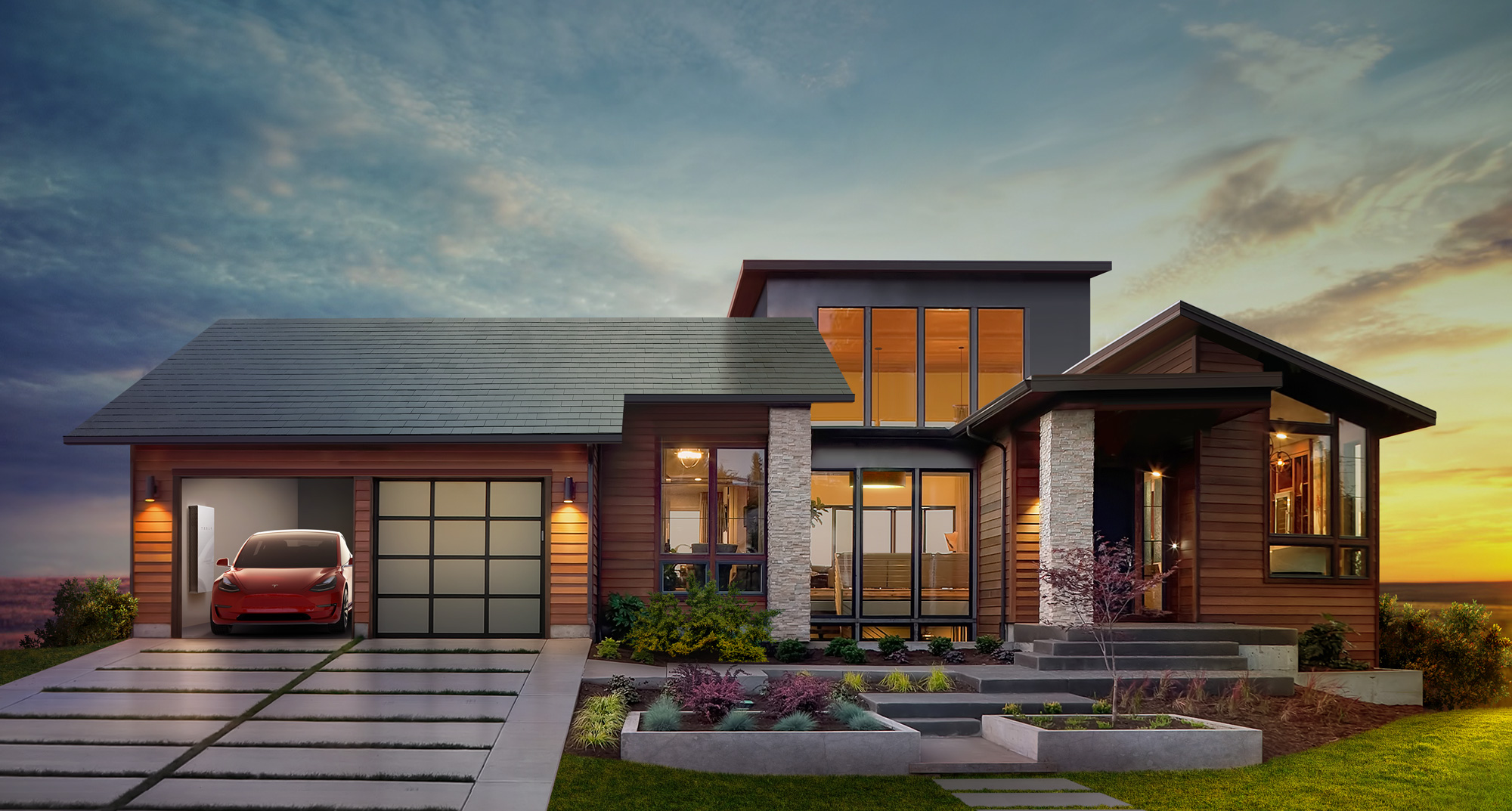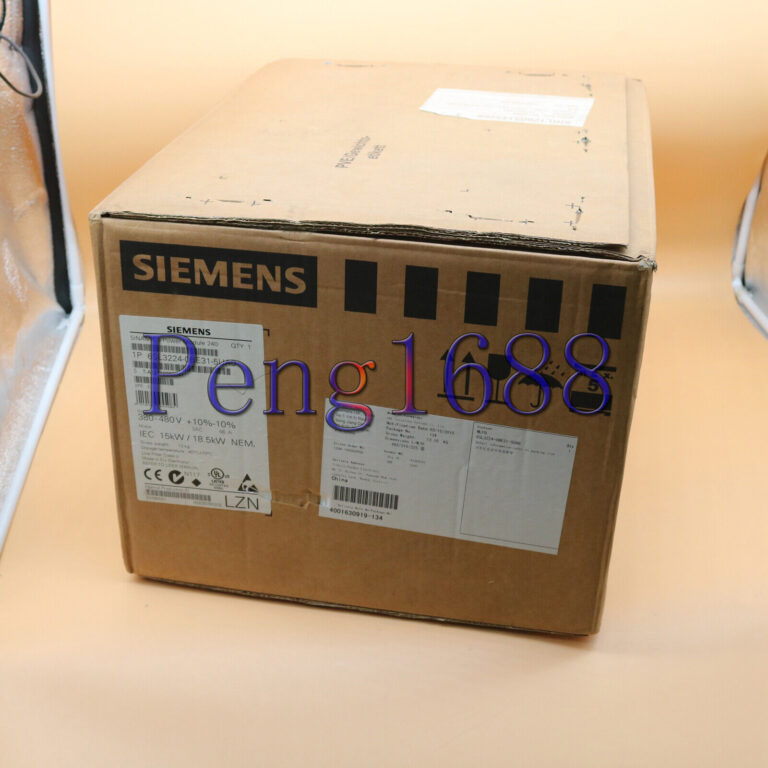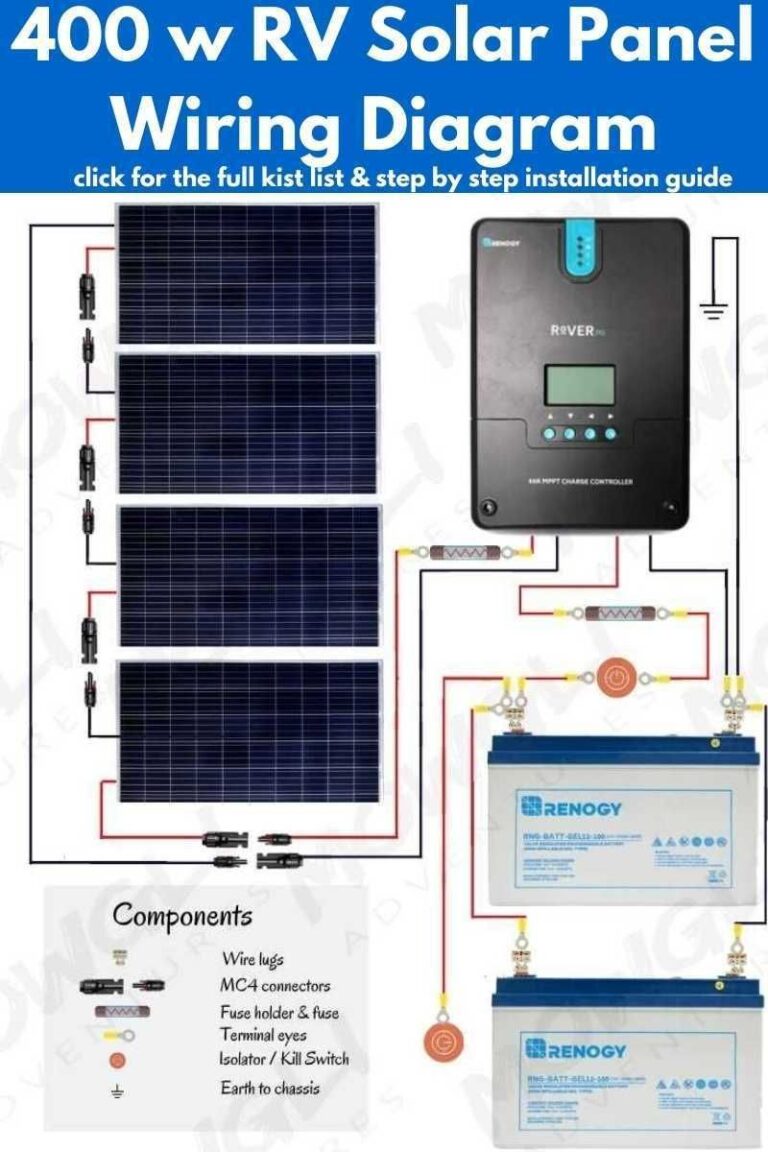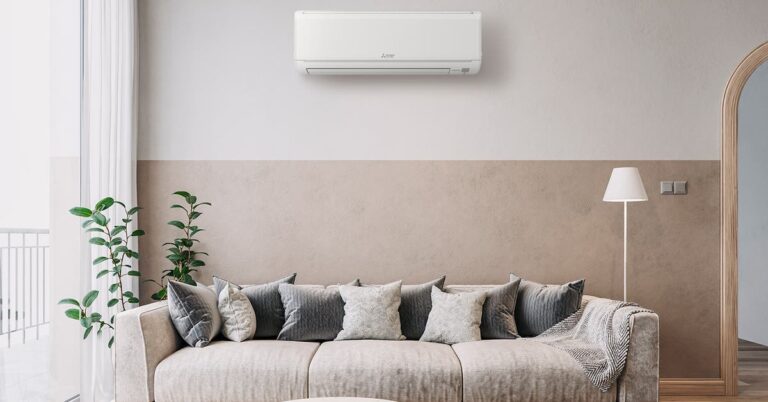How Expensive are Solar Shingles: Unveiling the True Cost
Solar shingles can cost anywhere from $37.40 to $236,500. However, the exact cost of solar shingles depends on various factors such as the brand, quality, installation fees, and the size of the project.
Understanding The Cost Factors Of Solar Shingles
Overview Of Solar Shingles And Their Benefits
Solar shingles are innovative roofing materials that have gained popularity in recent years due to their ability to generate electricity from the sun. Unlike traditional solar panels, solar shingles are designed to blend seamlessly with the overall aesthetics of your home, providing a more visually appealing option for harnessing solar energy. These shingles are made of photovoltaic cells that convert sunlight into electricity, which can be used to power your home or stored for future use.
One of the key benefits of solar shingles is their ability to offset your electricity costs. By generating your own electricity, you can reduce your reliance on the grid and potentially even eliminate your monthly electric bills. Additionally, solar shingles help decrease your carbon footprint by producing clean, renewable energy, making them an eco-friendly alternative to traditional roofing materials.
Factors That Influence The Cost Of Solar Shingles
The cost of solar shingles can vary depending on several factors. Understanding these factors can help you determine the overall cost-effectiveness and return on investment of installing solar shingles on your roof.
| Cost Factors | Description |
|---|---|
| Square Footage | The size of your roof and the total square footage of solar shingles needed will significantly impact the overall cost of the installation. |
| Energy Needs | The amount of electricity you consume on a daily basis will determine the number of solar shingles required to meet your energy needs. Higher energy consumption will require a larger installation, potentially increasing the cost. |
| Quality and Brand | The quality and brand of solar shingles can also impact the cost. Premium brands may come at a higher price but can offer better performance and longer durability. |
| Roof Complexity | If your roof has a complex design or requires additional customization to accommodate the solar shingles, the installation cost may be higher. Factors such as multiple angles, irregular shapes, or roof obstructions can impact the complexity and, subsequently, the cost. |
The Importance Of Proper Installation For Cost-effectiveness
Ensuring proper installation of solar shingles is crucial for maximizing their cost-effectiveness. A poorly installed system can lead to decreased energy production, inefficiencies, and potential damage to your roof. It is recommended to hire a professional and experienced installer who specializes in solar shingle installations.
Proper installation involves factors such as correct positioning of the solar shingles to maximize sunlight exposure, accurate wiring and connections, and secure sealing to prevent any water infiltration. By investing in quality installation, you can ensure optimal performance and longevity of your solar shingles, ultimately leading to cost savings in the long run.
Average Cost Of Solar Shingles In The Market
Comparison Of Prices From Different Suppliers And Retailers
When it comes to the average cost of solar shingles in the market, it’s important to consider the variation in prices from different suppliers and retailers. Below is a table comparing the prices of solar shingles from popular suppliers:
| Supplier | Price |
|---|---|
| Mitrex | $37.40 |
| Amazon.com – Seller | $449.00 |
| RecycledGoods.com | $209.99 |
| AliExpress.com | $399.00 |
| eBay | $108.57 |
| The Sol Patch International | $233.13 |
| AliExpress.com | $236,500.00 |
| How much does solar shingles cost? | $290.41 |
Factors That Contribute To The Variation In Prices
- Quality of Materials: The quality of the solar shingles plays a major role in determining the price. High-quality materials usually come at a higher cost, but they also offer better durability and efficiency.
- Brand Reputation: Solar shingles from well-known brands often come with a premium price tag. This is because reputable brands invest heavily in research, development, and quality assurance.
- Installation Complexity: The complexity of the installation process can also impact the price. If your roof requires additional preparation or if the installation is challenging, it can increase the overall cost.
- System Size: The size of the solar shingle system required for your energy needs can influence the price. Larger systems usually cost more because they require more materials and labor.
Evaluating The Quality And Warranty Of Solar Shingles
When evaluating the quality of solar shingles, it’s essential to consider factors such as efficiency, durability, and aesthetics. High-quality shingles are designed to convert sunlight into electricity efficiently, withstand harsh weather conditions, and seamlessly blend with the existing roof.
Additionally, check the warranty offered by the manufacturer. A longer warranty period signifies the manufacturer’s confidence in their product’s performance and can provide peace of mind regarding repairs or replacements in case of any issues.
By carefully examining the quality and warranty of solar shingles, you can ensure that you are investing in a reliable and long-lasting renewable energy solution.
Calculating The Return On Investment (roi) For Solar Shingles
Installing solar shingles can be a significant investment, but it also comes with the potential for substantial financial benefits. Calculating the Return on Investment (ROI) for solar shingles is crucial for understanding the long-term savings and determining whether the initial cost is worthwhile. To determine the ROI, several factors need to be considered, including the financial benefits of installing solar shingles, energy savings and utility bill reduction, as well as tax incentives and rebates for solar installations.
Understanding The Financial Benefits Of Installing Solar Shingles
One of the key factors in calculating the ROI for solar shingles is understanding the financial benefits they provide. Solar shingles produce clean and renewable energy, allowing homeowners to reduce or even eliminate their dependency on grid electricity. By generating electricity on-site, homeowners can save on energy costs and potentially earn credits through net metering programs.
Additionally, solar shingles can increase the value of a property. Studies have shown that homes equipped with solar panels or shingles tend to sell at a premium compared to homes without solar installations. This increased property value can further contribute to the ROI of the investment in solar shingles.
Analyzing Energy Savings And Utility Bill Reduction
Another crucial aspect to consider when calculating the ROI for solar shingles is the energy savings and utility bill reduction they can offer. Solar shingles generate electricity from the sun’s rays, which can power various appliances and systems within a home. As a result, homeowners can reduce their reliance on electricity from the grid, leading to lower monthly utility bills.
It’s important to note that the extent of energy savings and bill reduction depends on factors such as the size of the solar shingle system, the location of the home, and the local electricity rates. Conducting a thorough analysis of these factors can help homeowners estimate the potential savings and factor them into the ROI calculation.
Considering Tax Incentives And Rebates For Solar Installations
When calculating the ROI for solar shingles, it’s essential to consider tax incentives and rebates that may be available. Depending on the location, homeowners may be eligible for federal, state, or local incentives that can significantly offset the initial cost of installing solar shingles.
Some common incentives include the federal Investment Tax Credit (ITC), which allows homeowners to claim a percentage of the installation cost as a tax credit, and state or local rebates that provide financial incentives for installing solar energy systems. These incentives can further enhance the financial benefits of installing solar shingles and contribute to a higher ROI.
To maximize the potential financial benefits and ROI, homeowners should research the available incentives and rebates in their area and factor them into their calculations.
In conclusion, calculating the Return on Investment (ROI) for solar shingles involves understanding the financial benefits they offer, analyzing the potential energy savings and utility bill reduction, as well as considering available tax incentives and rebates. By considering these factors, homeowners can make an informed decision about whether investing in solar shingles is a financially viable option for them.
Long-term Cost Analysis Of Solar Shingles
When considering the installation of solar shingles, it is important to assess the long-term costs associated with this investment. While the initial price of solar shingles may seem higher compared to traditional roofing materials, their benefits over time can outweigh the upfront cost. In this section, we will delve into the various factors that contribute to the long-term cost analysis of solar shingles.
Assessing The Durability And Lifespan Of Solar Shingles
One key aspect to consider when analyzing the long-term costs of solar shingles is their durability and lifespan. Solar shingles are designed to withstand harsh weather conditions, including hail, high winds, and heavy snow. Their durability ensures that you can enjoy reliable energy production for a long time, translating into savings on your electric bill.
Estimating Maintenance And Repair Costs Over Time
Unlike traditional rooftop solar panels, solar shingles require minimal maintenance. They do not have any moving parts, reducing the chances of mechanical failures. The only maintenance required for solar shingles is periodic cleaning to remove debris and dust. This upkeep can be easily performed by homeowners or contracted to professional cleaning services, incurring minimal costs over time.
In terms of repairs, solar shingles are designed to be modular, meaning that if one shingle becomes damaged or malfunctions, it can be easily replaced without affecting the functioning of the entire system. This modular design reduces repair costs and ensures that your solar shingle system remains operational for years to come.
Exploring The Potential Resale Value Of A Home With Solar Shingles
Installing solar shingles not only helps save on electricity bills but can also increase the resale value of your home. Buyers are increasingly interested in properties with sustainable features, and solar shingles are considered a valuable asset. Studies have shown that homes with solar installations have a higher resale value compared to those without.
Additionally, solar shingles provide homeowners with the opportunity to benefit from net metering, where excess energy produced is fed back into the grid, resulting in credits or reduced utility bills. This feature can be an attractive selling point for potential buyers, further enhancing the financial return on your investment in solar shingles.
Overall, the long-term cost analysis of solar shingles is favorable, considering their durability, low maintenance requirements, and potential resale value. While the initial cost of installation may seem higher, the long-term savings on electricity bills, minimal maintenance and repair costs, and increased property value make solar shingles a cost-effective and sustainable roofing solution.
Making An Informed Decision: Is The Cost Of Solar Shingles Worth It?
Weighing The Financial Benefits Against The Upfront Costs
When considering solar shingles for your home, it’s important to weigh the financial benefits against the upfront cost. While the initial cost of installing solar shingles may be higher compared to traditional roofing options, it’s essential to consider the long-term savings and return on investment. Solar shingles can significantly reduce or even eliminate your monthly electricity bill, leading to substantial savings over time.
Additionally, some states and utility companies offer financial incentives and tax credits to homeowners who install solar shingles, further reducing the overall cost. These incentives can help offset the initial investment, making solar shingles a more attractive option.
Considering The Environmental Impact Of Solar Energy
Another crucial factor to consider when evaluating the cost of solar shingles is the environmental impact of solar energy. Solar shingles generate clean, renewable energy without producing harmful greenhouse gas emissions that contribute to climate change. By choosing solar shingles, you can reduce your carbon footprint and contribute to a more sustainable future.
Furthermore, investing in solar energy can increase the value of your home. Studies have shown that homes with solar panels or solar shingles sell for a higher price compared to those without. This means that not only do solar shingles provide environmental benefits, but they also offer a potential return on investment if you decide to sell your property.
Exploring Financing Options For Solar Shingle Installations
If the upfront cost of solar shingles is a concern, there are various financing options available to help make the investment more affordable. Many solar energy companies offer financing programs, allowing homeowners to spread the cost of installation over time. These programs often have flexible payment plans and low-interest rates, making solar shingles accessible to a wider range of homeowners.
It’s also worth considering the long-term savings and increased home value associated with solar shingles. These factors can help offset the cost of financing, making it an attractive option for homeowners looking to make a sustainable investment in their property.
In conclusion, the cost of solar shingles is influenced by various factors such as the size of your roof, the location of your property, and the financing option you choose. While the upfront cost may seem high, it’s essential to consider the long-term financial benefits, environmental impact, and potential return on investment. By weighing these factors and exploring financing options, you can make an informed decision about whether the cost of solar shingles is worth it for you.
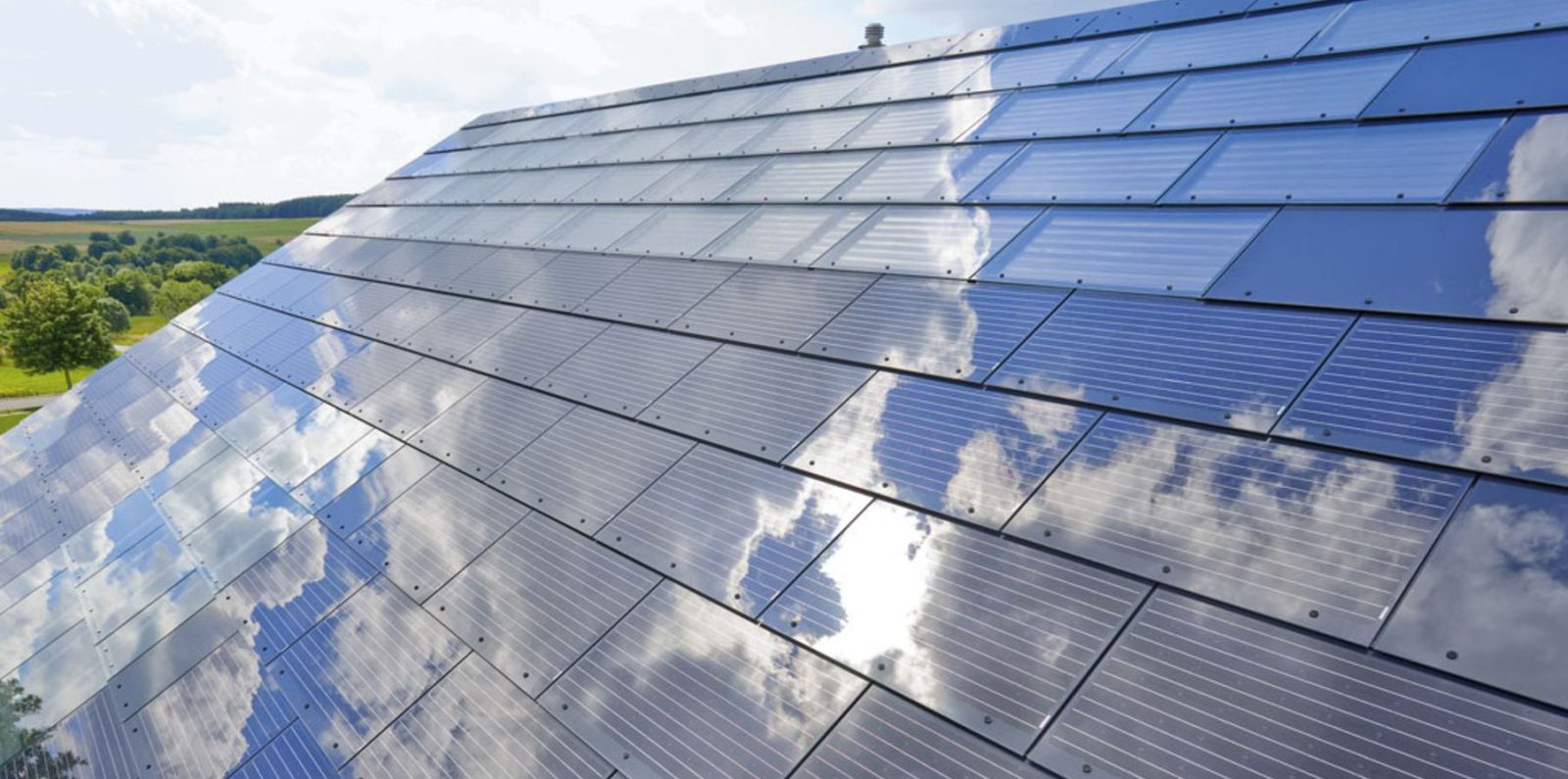
Credit: electrek.co
Frequently Asked Questions Of How Expensive Are Solar Shingles
How Much Does Solar Shingles Cost?
Solar shingles typically cost around $37. 40 to $290. 41. Prices may vary depending on the brand and seller.
Are Solar Shingles Worth The Money?
Solar shingles are worth the money as they provide clean energy, save on electricity bills, and increase the value of your home. They are an attractive and efficient alternative to traditional roofing materials.
Are Solar Shingles More Expensive Than Solar Panels?
Solar shingles are generally more expensive than traditional solar panels.
What Is The Life Expectancy Of Solar Shingles?
Solar shingles typically have a life expectancy of about 25-30 years.
Conclusion
Solar shingles can vary in price depending on factors such as brand, installation costs, and the size of the project. However, there are affordable options available with prices ranging from $37. 40 to $236,500. While the cost may seem high initially, it’s important to consider the long-term savings on energy bills and potential tax incentives.
Investing in solar shingles offers a sustainable and eco-friendly solution to powering your home. Reach out to a reputable solar shingle provider to get a personalized quote for your specific needs.

